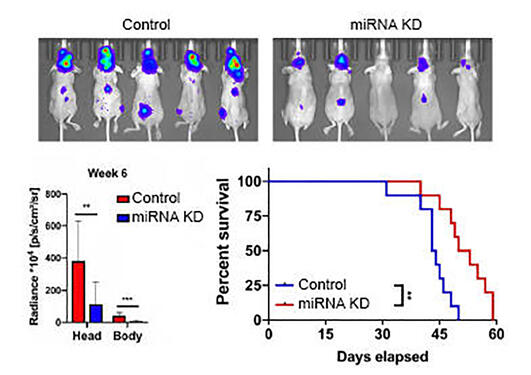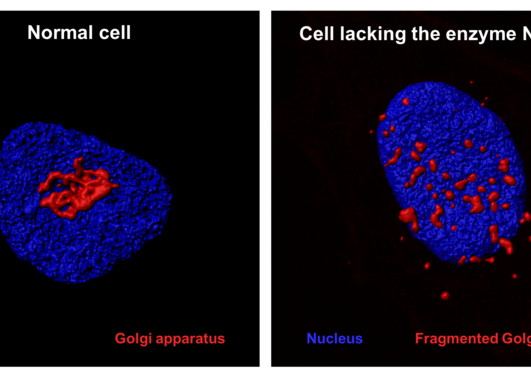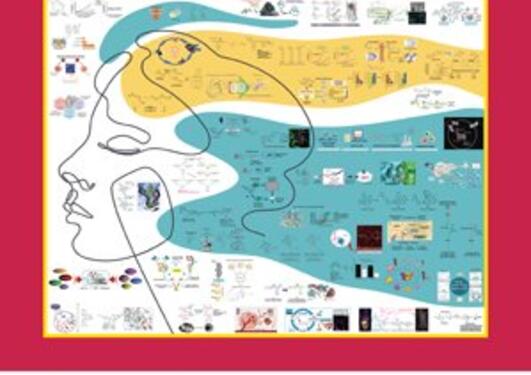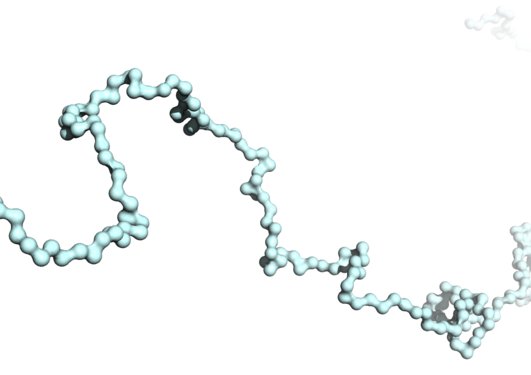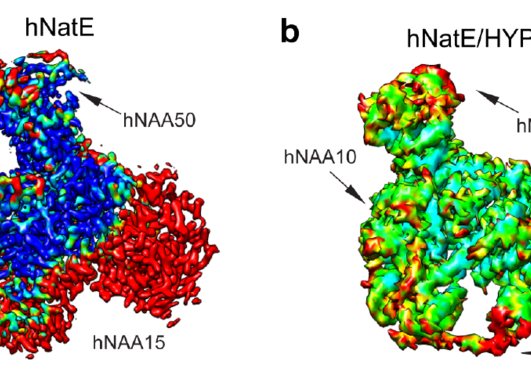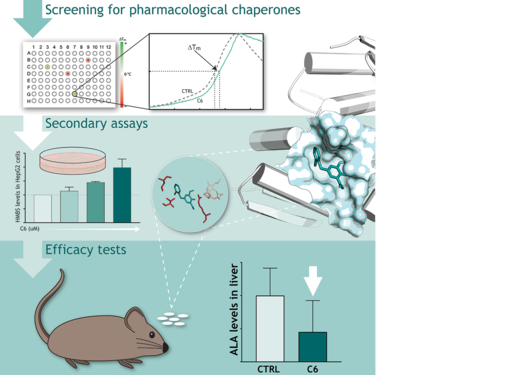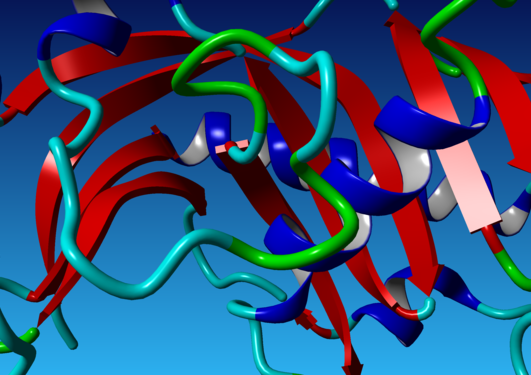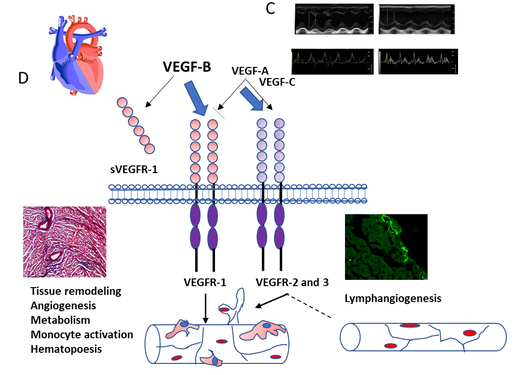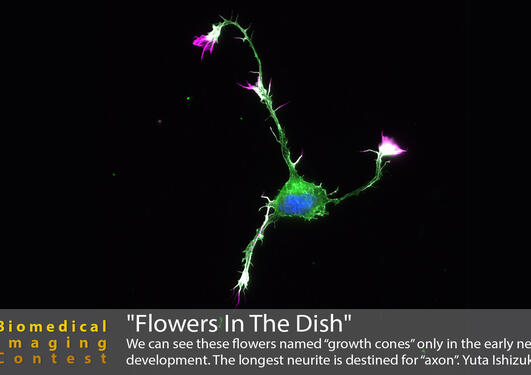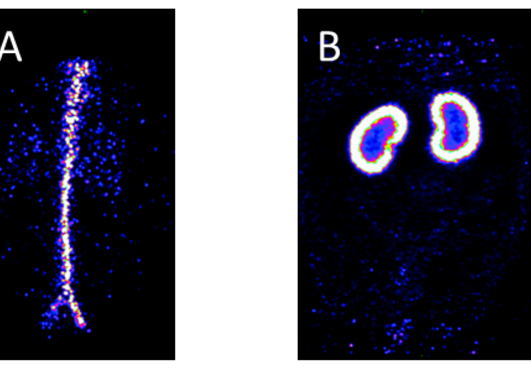News archive for The Department of Biomedicine
Exosomes released from the primary tumour into circulation have been documented to promote pre-metastatic niche formation. We have identified a miRNA in exosomes from melanoma brain metastases that can play a vital role in this process. Knock-down (KD) of this miRNA results in an inhibition of brain metastatic growth. We are in the process of identifying potential drugs inhibiting the expression... Read more
Research leaders at the Translational Cancer Research group have newly established a research collaboration with the HUST-Suzhou Institute for Brainsmatics, to study the development of brain tumors and brain metastasis.
During his Erasmus internship in the Arnesen lab, Tobias B. Beigl took great interest in his project on the recently identified NAA80 enzyme. Beigl was on an interesting and important research track and stayed on for a Master’s project trying to figure out why cells lacking NAA80 typically had a more fragmented Golgi apparatus. He recently published his findings in the scientific journal... Read more
Myelin, the insulative multilamellar sheath that enwraps axons, speeds up our nerve impulses by two orders of magnitude – a prerequisite for an efficient nervous system that we humans and other vertebrates enjoy. Myelin gains its structure and function from a high abundance of lipids and proteins, many of which are specific to this enigmatic biological system.
In human cells, N-terminal acetylation is among the most common protein modifications. Now, researchers at the University of Pennsylvania and the University of Bergen have revealed the structural and biochemical properties of the major molecular machine involved in this process. Cancer cells require this enzyme for survival and proliferation.
From 2 January, the ramp north of Haukeland University Hospital will be closed for cars, bikes and pedestrians for the whole year 2020.
An important European-funded initiative has been launched to explore how common molecular mechanisms may link metabolic disorders, especially type 2 diabetes and obesity, with brain disorders such as Alzheimer's disease, obsessive-compulsive disorder, and autism spectrum disorders. Jan Haavik and Aurora Martinez from the Department of Biomedicine are the norwegian participants.
Monica Hellesvik has been one of the pioneers to test the new TIRF microscope at the department. She needed to look closely at cell adhesive properties and the TIRF microscope was the perfect tool for it since it is particularly well suited for studying structures closest to the glass slides.
Martinez and collaborators are developing a pharmacological chaperone therapy for acute intermittent porphyria
The ILL brochures are meant for the general public with a scientific interest, and they cover the application of neutron techniques in different areas of research. The "Neutrons in Health" brochure is published every 5 years, and 20 topics are selected globally from top research performed at the ILL (Grenoble, France). Two of these 20 highlights in the latest issue are from our work on the... Read more
A new study undertaken at UiB does answer one set of questions, however, raises many more with regards to the potential use of specific VEGF isoforms in order to promote re-vascularisation in heart failure.
We have established a new method to use Positron emission tomography CT (PET CT) to evaluate Glomerular Filtration Rate (GFR) in rats. GFR is a pivotal parameter for kidney function. The traditional method to evaluate GFR is cumbersome with several time-points for blood and urine sampling. Imaging modalities are ideal to evaluate small animal kidney function due to the non-invasive and repeatable... Read more

PhD candidate Line Pedersen gives her trial lecture for the degree of PhD at the Faculty of Medicine.
Pages
- 2025
- 2024
- 2023
- 2022
- 2021
- 2020
- 2019
- 2018
- 2017
- 2016
- 2015
- 2014
- 2013
- 2012
- 2011
- 2010
- 2009
